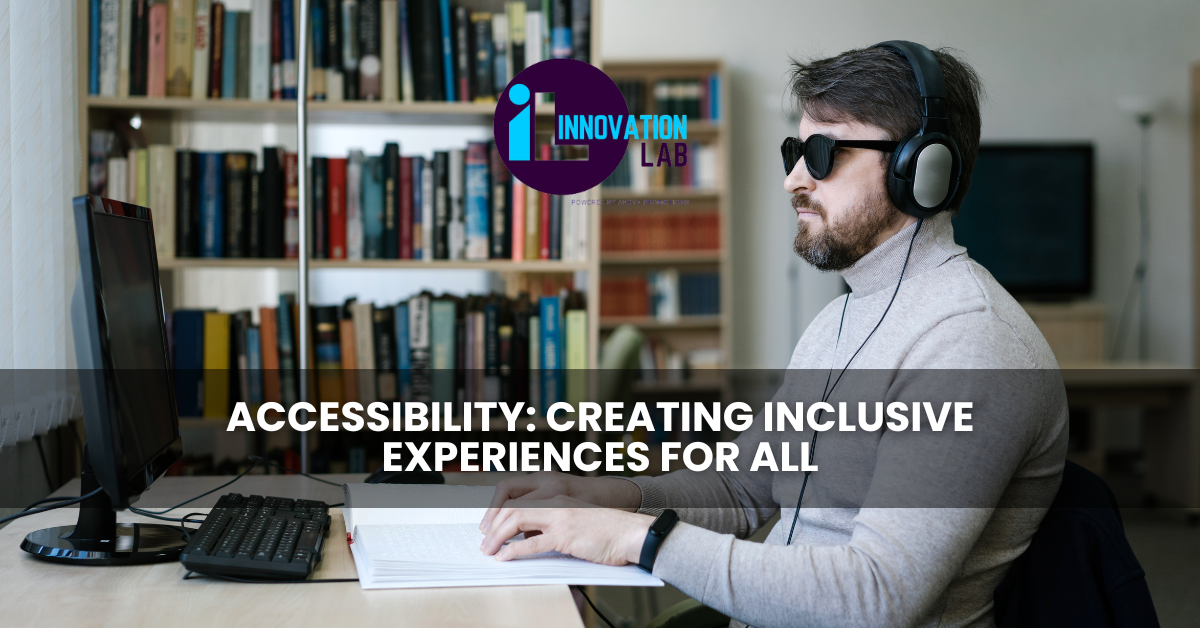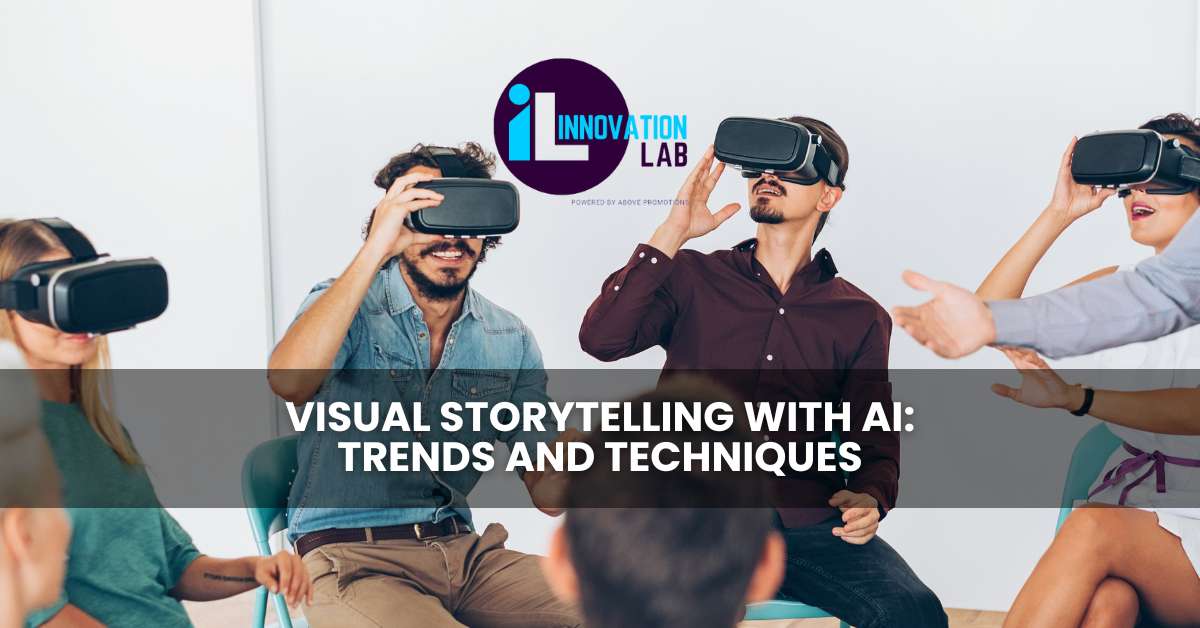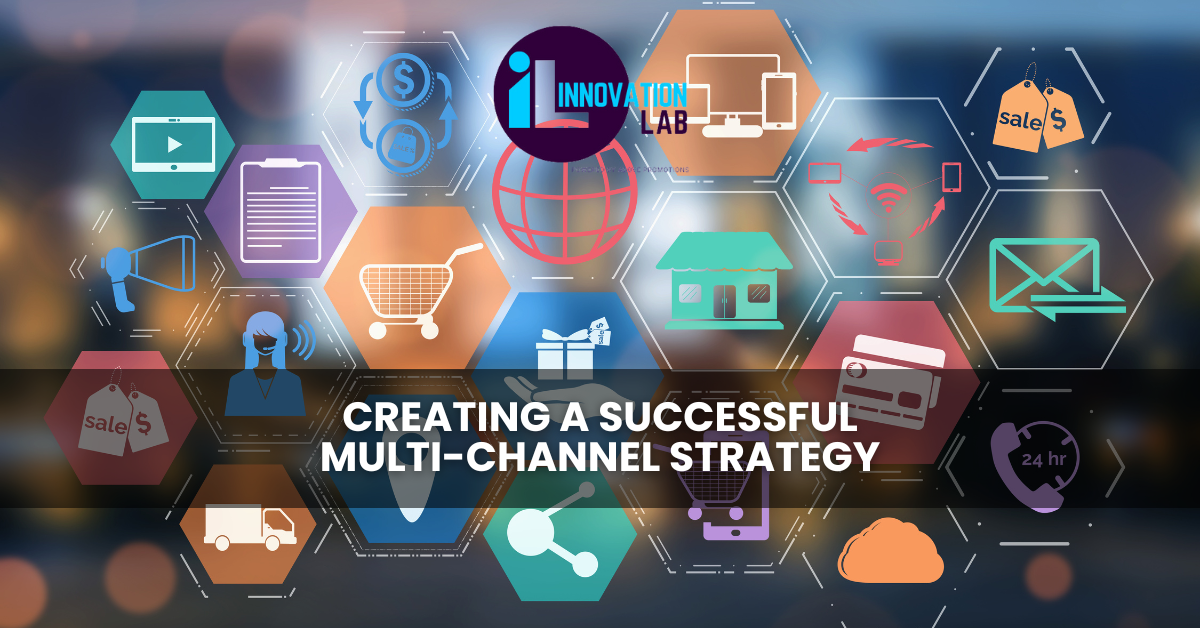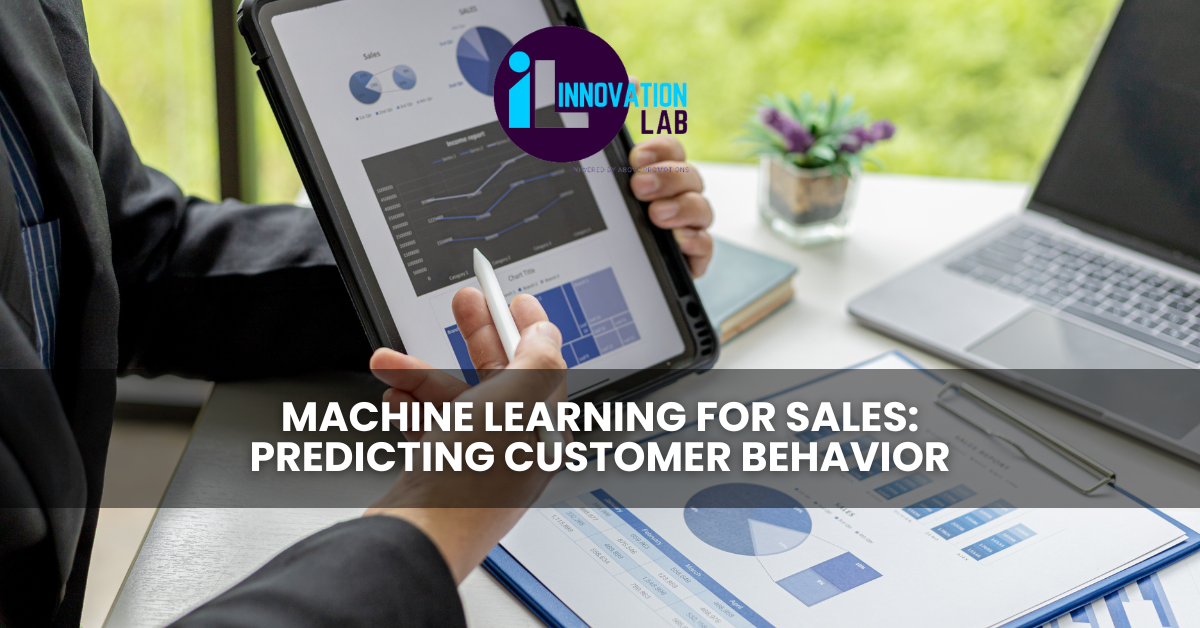In today’s digital-first world, discussions about accessibility have evolved from simple compliance to a core aspect of good design, ethical business practices, and effective strategy. Creating inclusive experiences means ensuring that everyone, regardless of their abilities, can perceive, understand, navigate, and interact with your digital content and services. It’s about designing a world where barriers are removed and opportunities are open to all.
The benefits of prioritizing accessibility extend far beyond simply “doing the right thing.” From a business perspective, an accessible website or application significantly expands your potential audience. Consider the vast number of individuals with permanent disabilities, temporary limitations (like a broken arm), or situational challenges (like using a phone in bright sunlight). By making your platforms accessible, you’re not just reaching a niche market; you’re unlocking a broader customer base that might otherwise be excluded. This also often leads to improved SEO, as many accessibility best practices (like straightforward semantic HTML, alt text for images, and well-structured content) align directly with search engine optimization guidelines.
An accessible experience often leads to an improved user experience (UX) for everyone. Features such as straightforward navigation, readable fonts, high-contrast colors, and intuitive layouts benefit all users, not just those with specific visual or cognitive needs. For example, closed captions were originally designed for people who are deaf or hard of hearing, but they are now widely used by individuals watching videos in noisy environments or without sound. Inclusive design fosters a more intuitive and user-friendly environment for all visitors.
What does creating inclusive experiences entail? It encompasses various aspects, including:
- Web Content Accessibility Guidelines (WCAG) Compliance: Adhering to internationally recognized standards for web accessibility.
- Perceivable: Offering text alternatives for non-text content, such as alt text for images, captions for audio and video, and ensuring content is accessible in various formats without losing meaning.
- Operable: Ensuring all functions are accessible via keyboard, providing users ample time to read and interact with content, and assisting users in navigating and locating content.
- Understandable: Enhancing text readability, ensuring web pages behave predictably, and assisting users in avoiding and correcting mistakes.
- Robust: Maximizing compatibility with current and future user agents, including assistive technologies.
While the journey to full accessibility may seem daunting, the investment pays dividends in terms of customer loyalty, brand reputation, and market reach. It demonstrates that your brand values all individuals and is committed to serving a diverse customer base.
Unsure where to start with your accessibility journey?
Navigating the complexities of inclusive design and implementing the right solutions can be a challenging task. Our Innovation Lab specializes in leveraging the latest marketing technologies and strategies to create truly inclusive digital experiences. If you’re looking to make your platforms accessible but aren’t sure how to begin, we can help.
Book a consultation with our experts today, and let’s discuss how we can transform your digital presence into an accessible and engaging experience for everyone.



